1. Welwyn Preserve
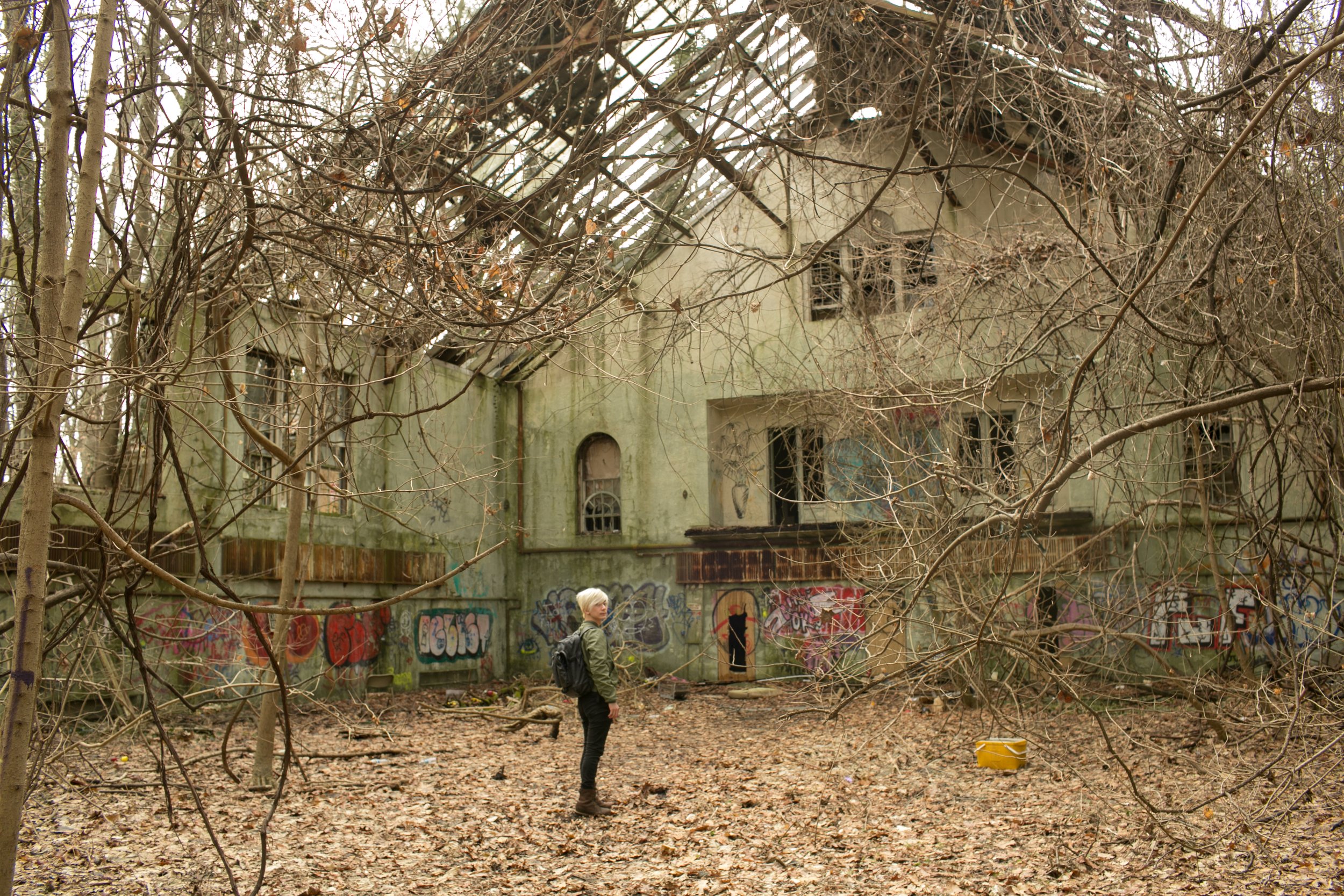
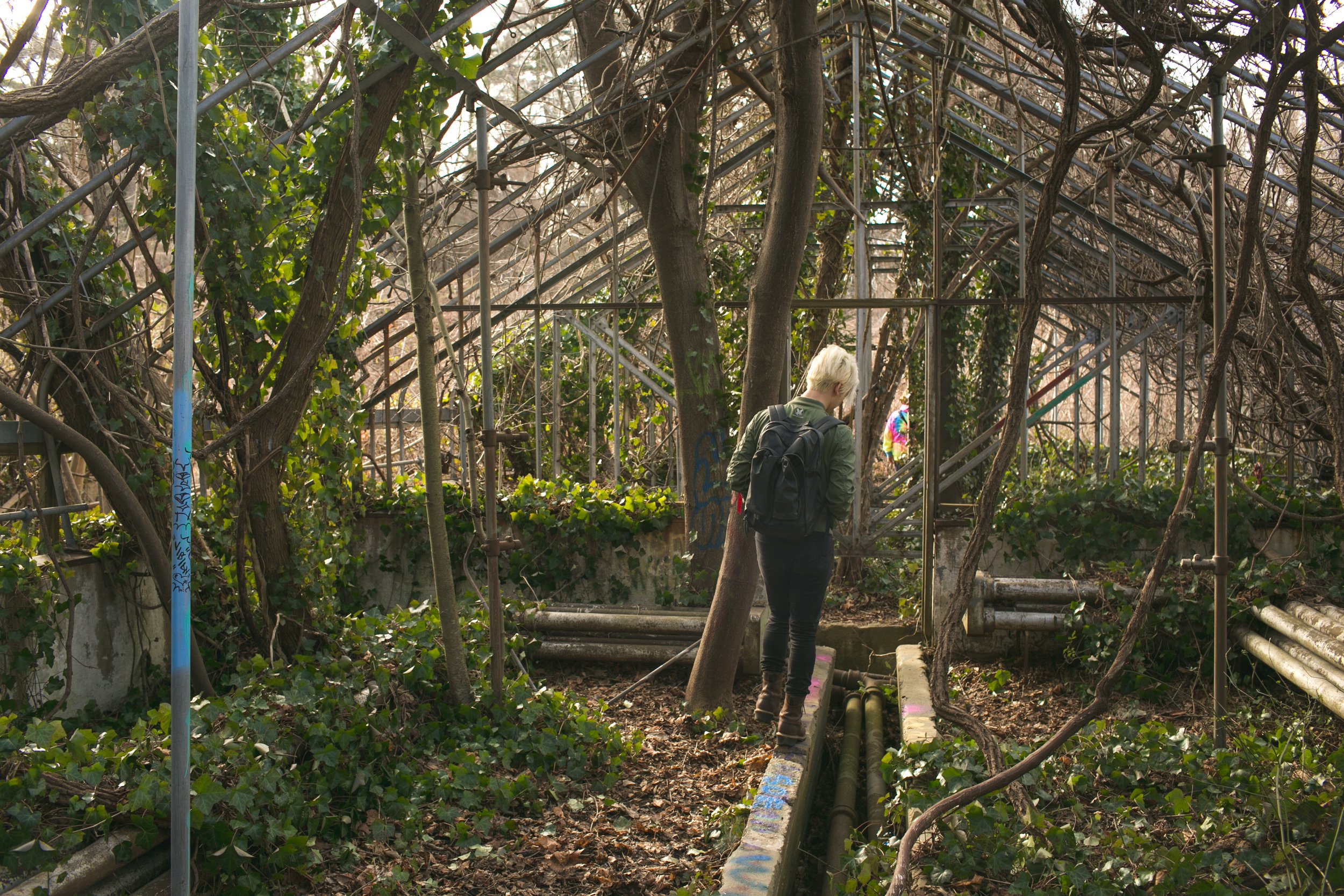
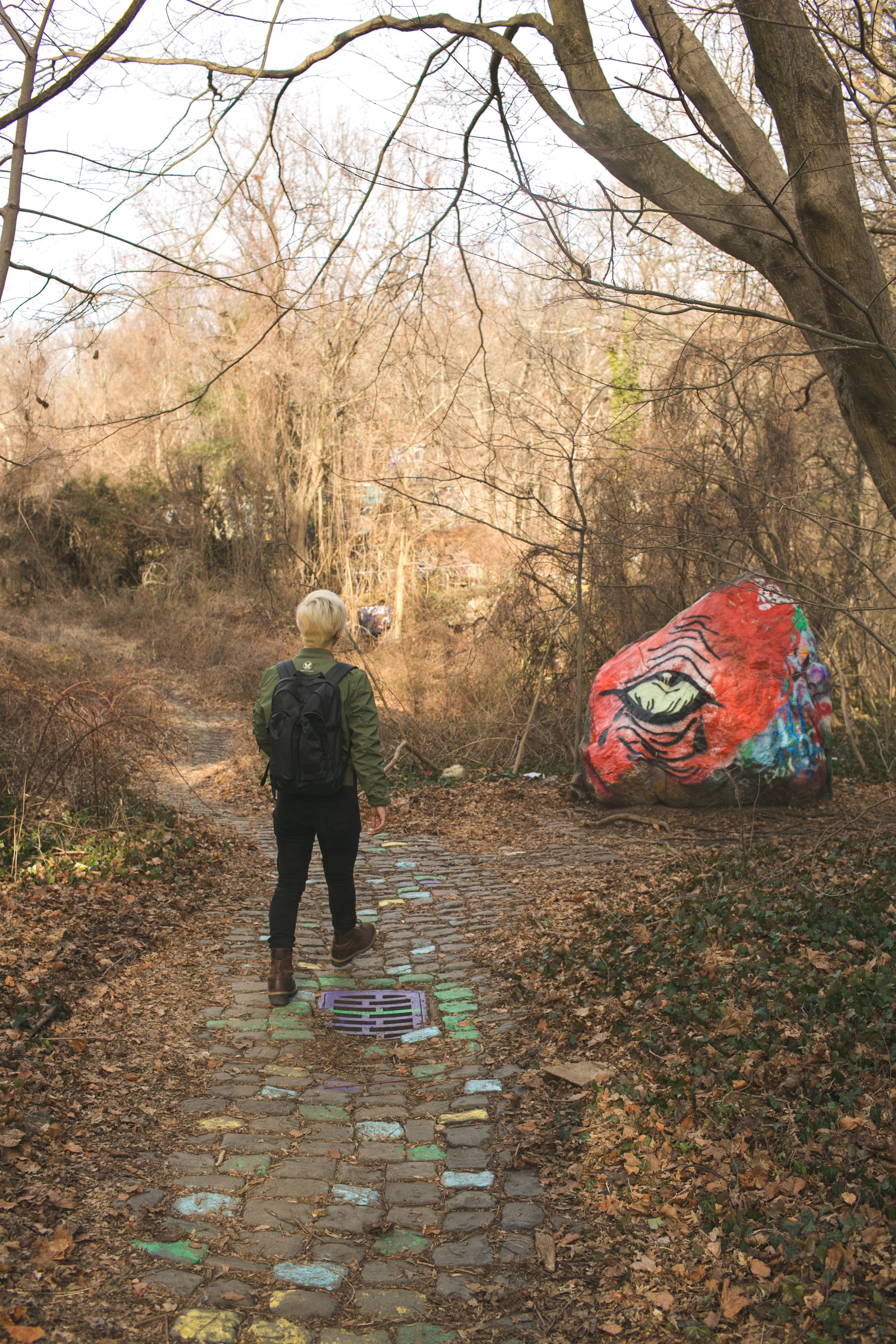
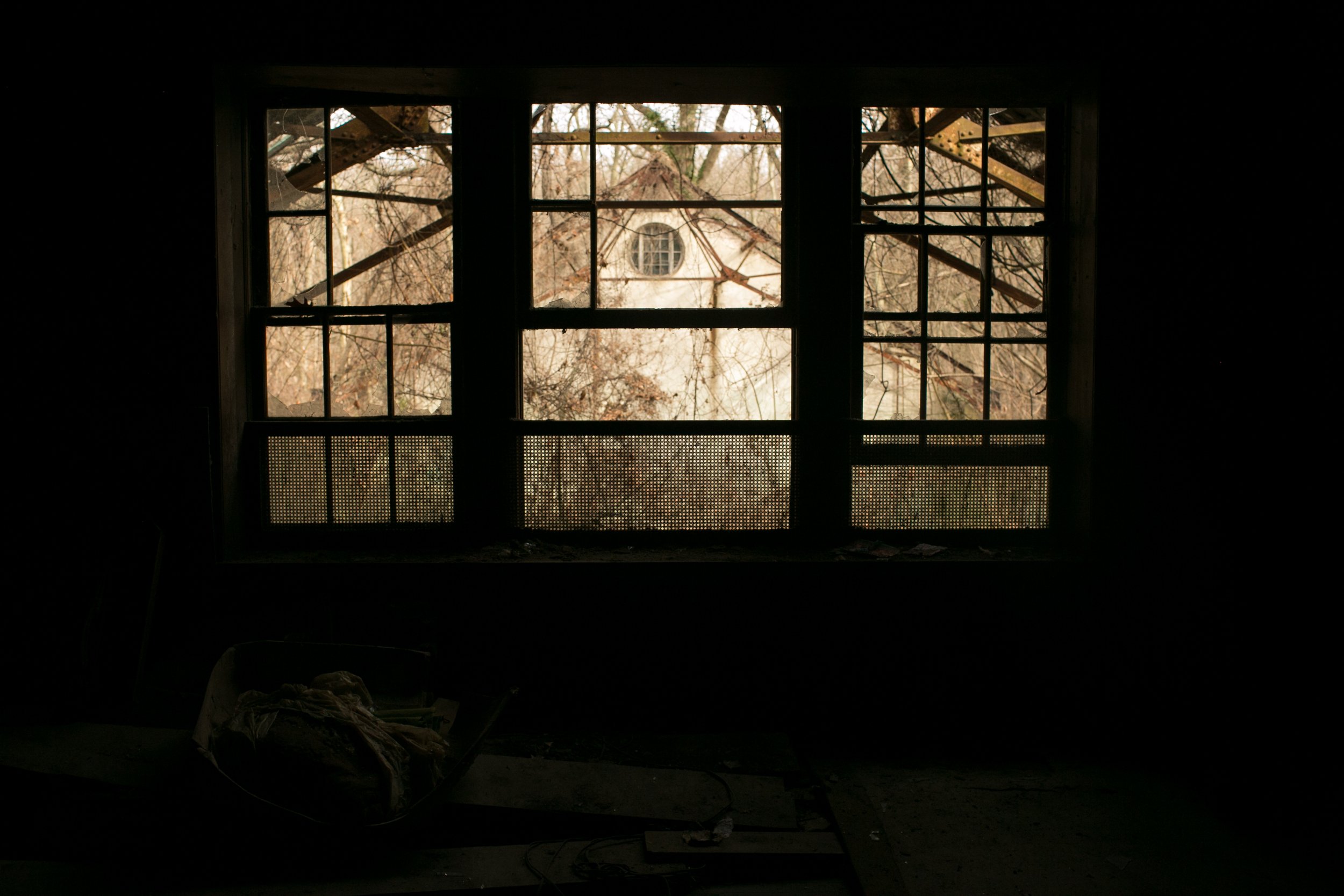
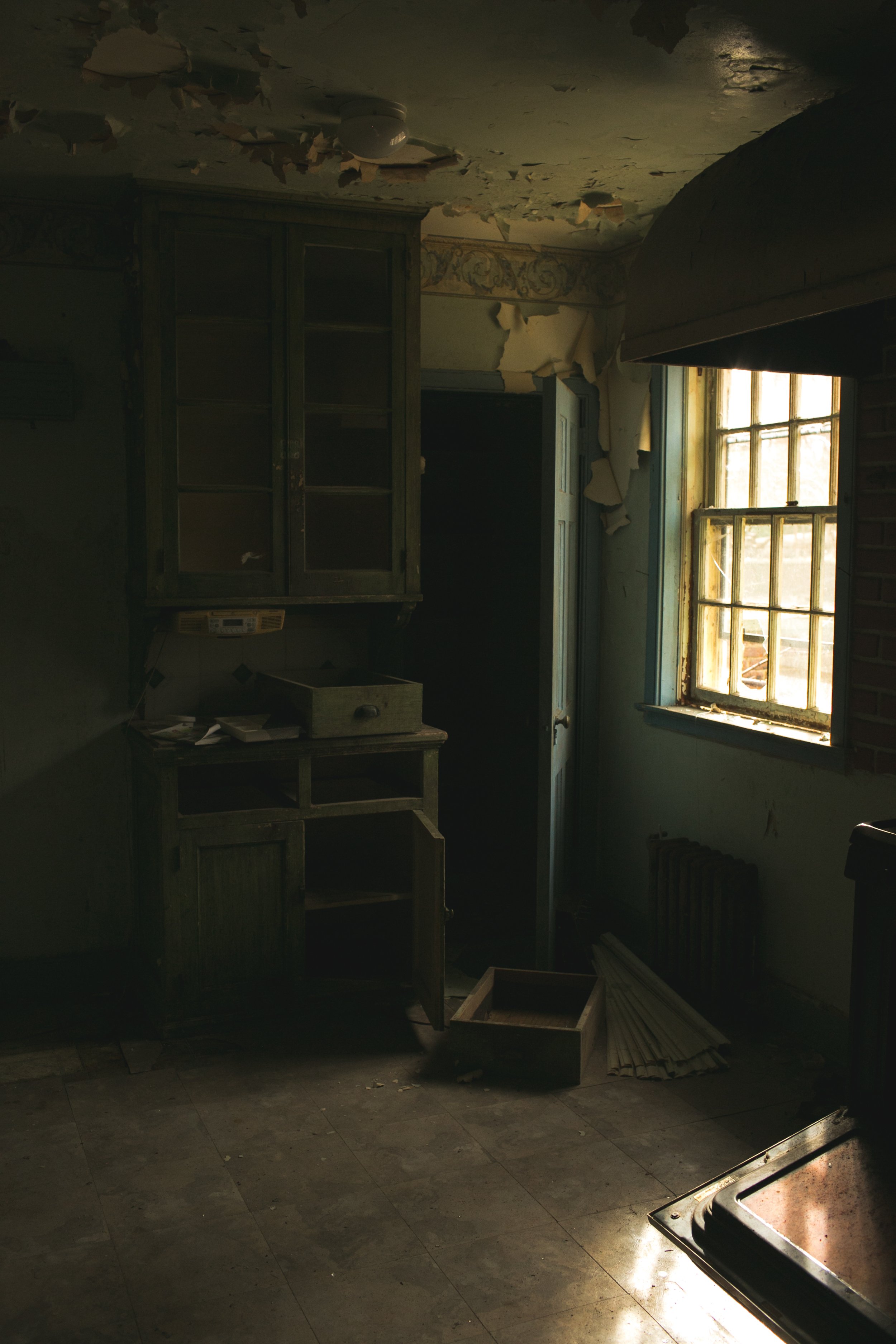
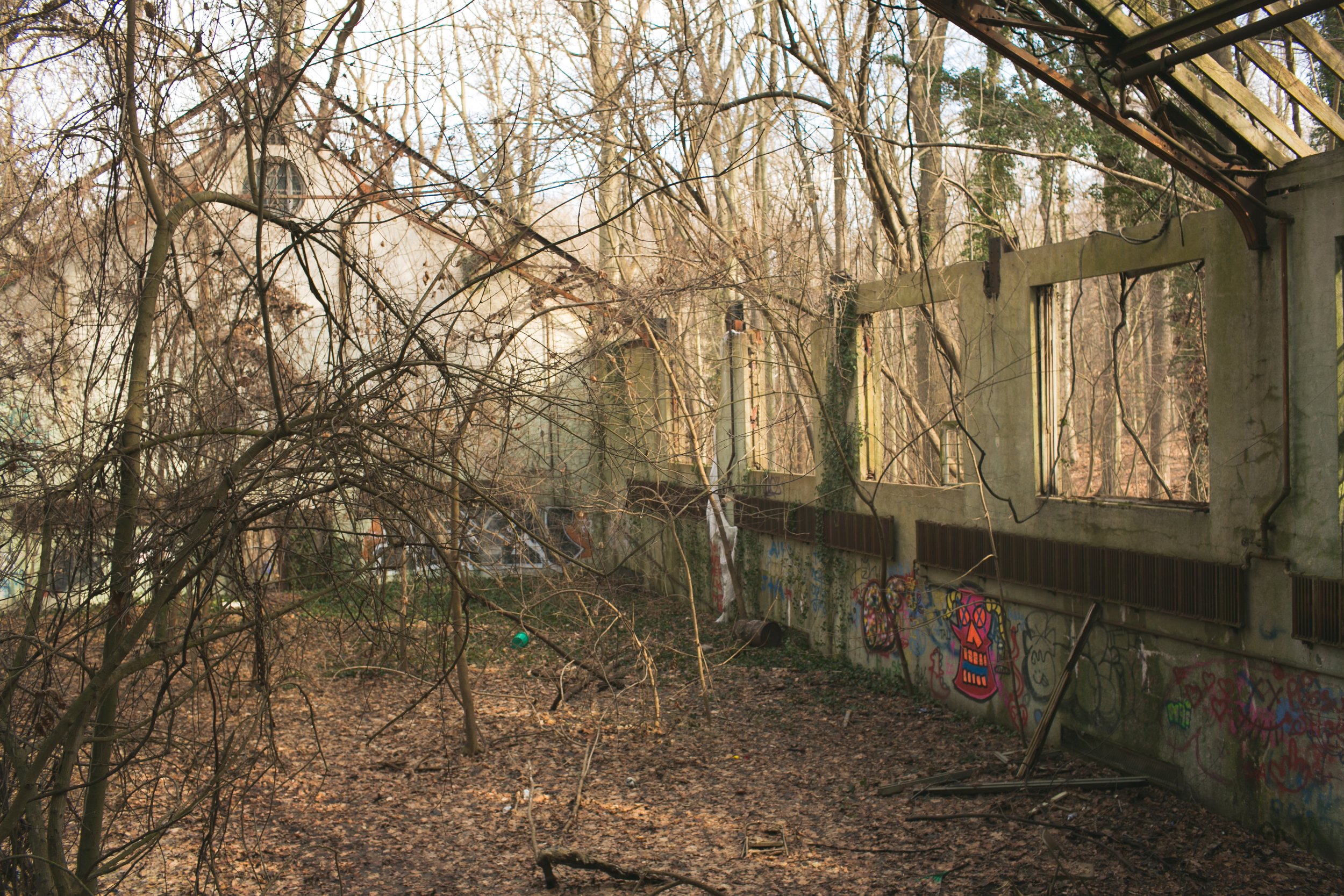

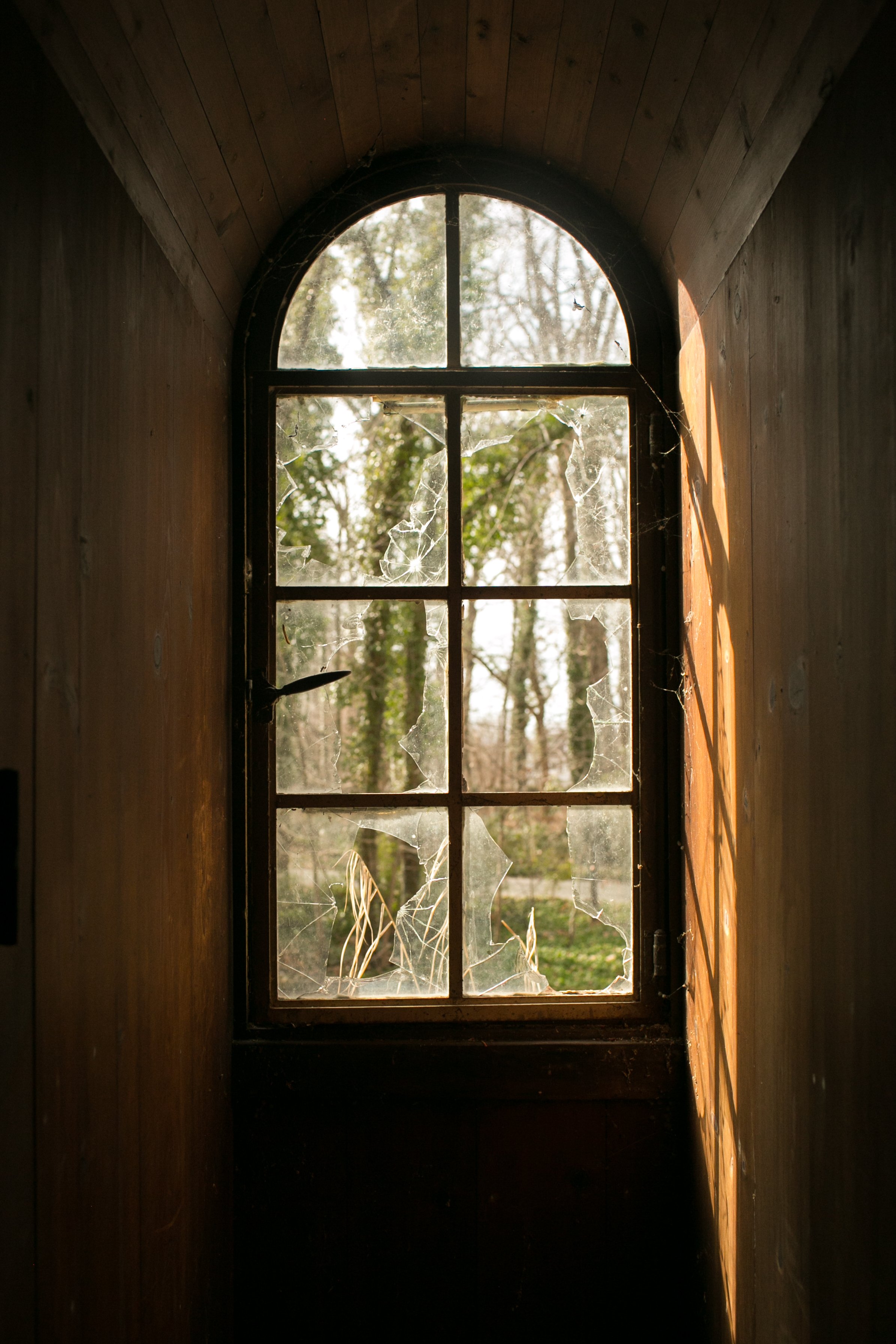
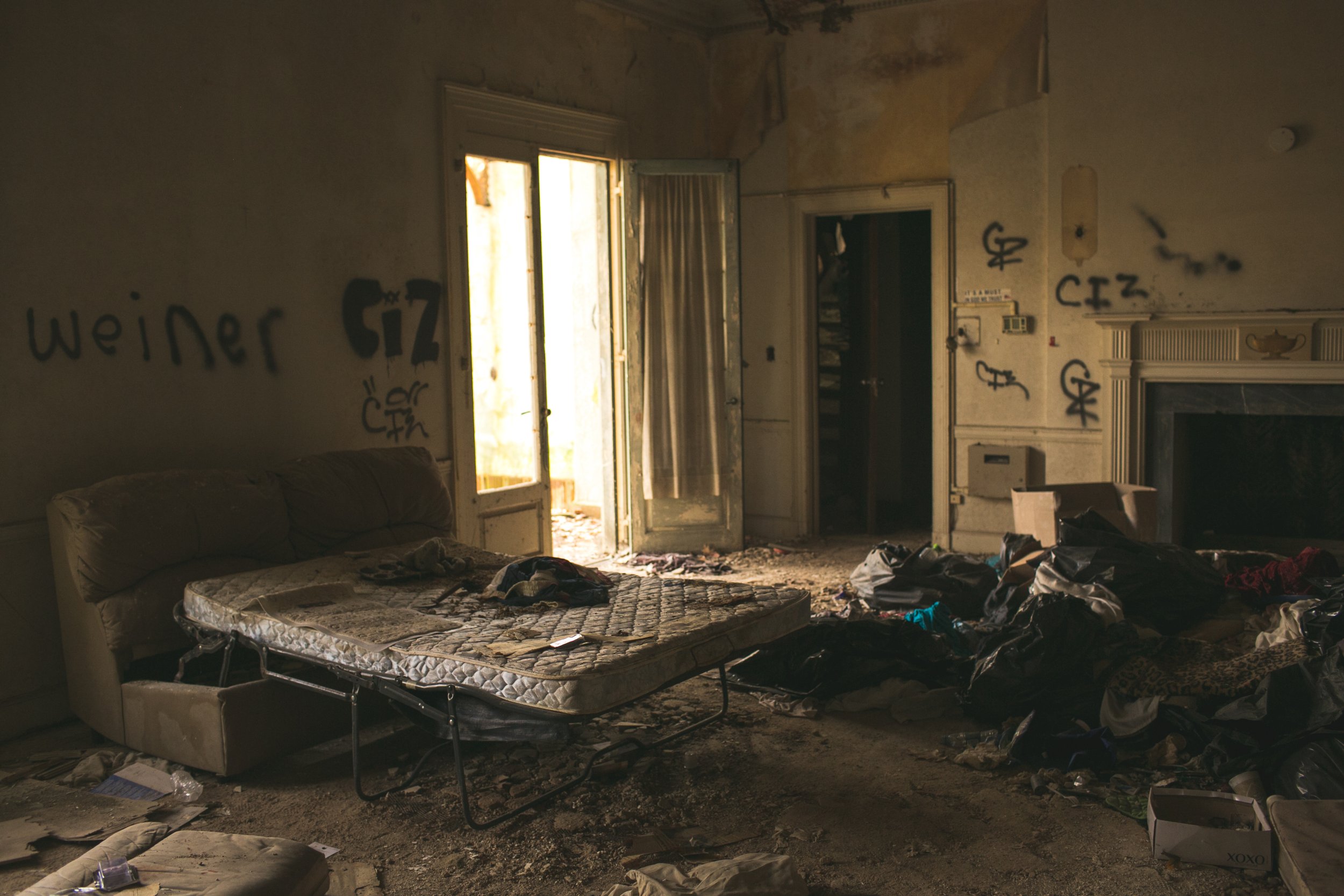

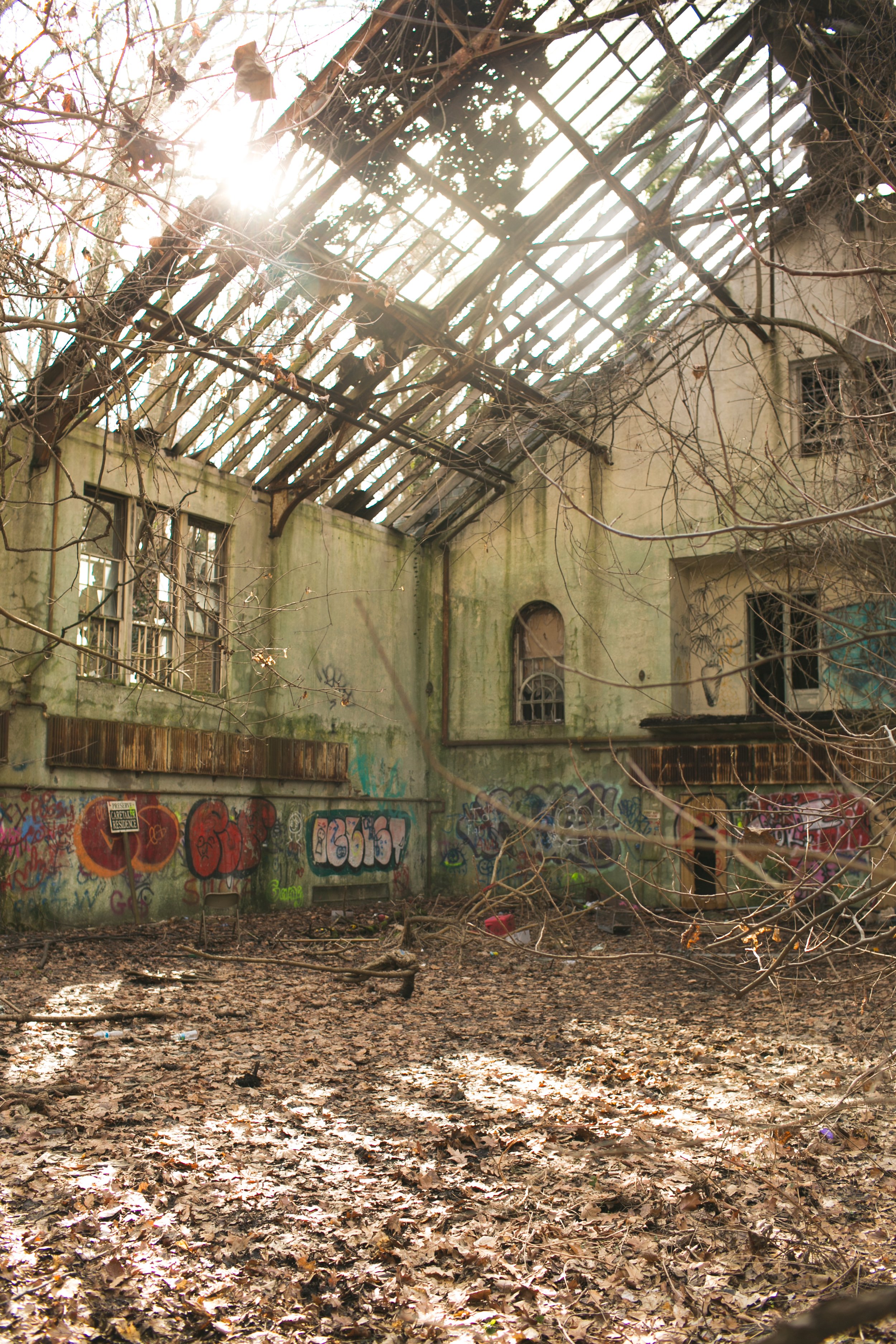
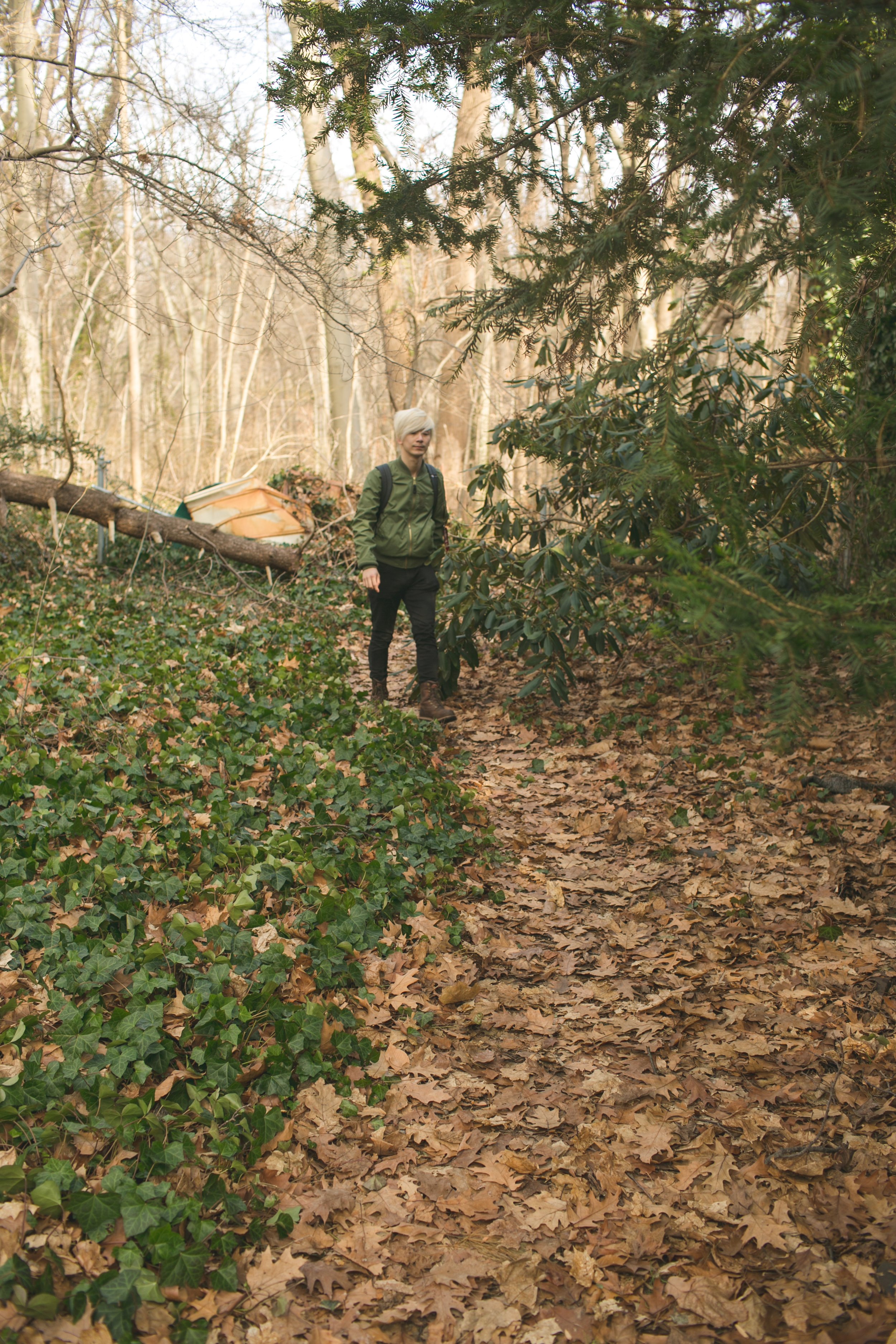
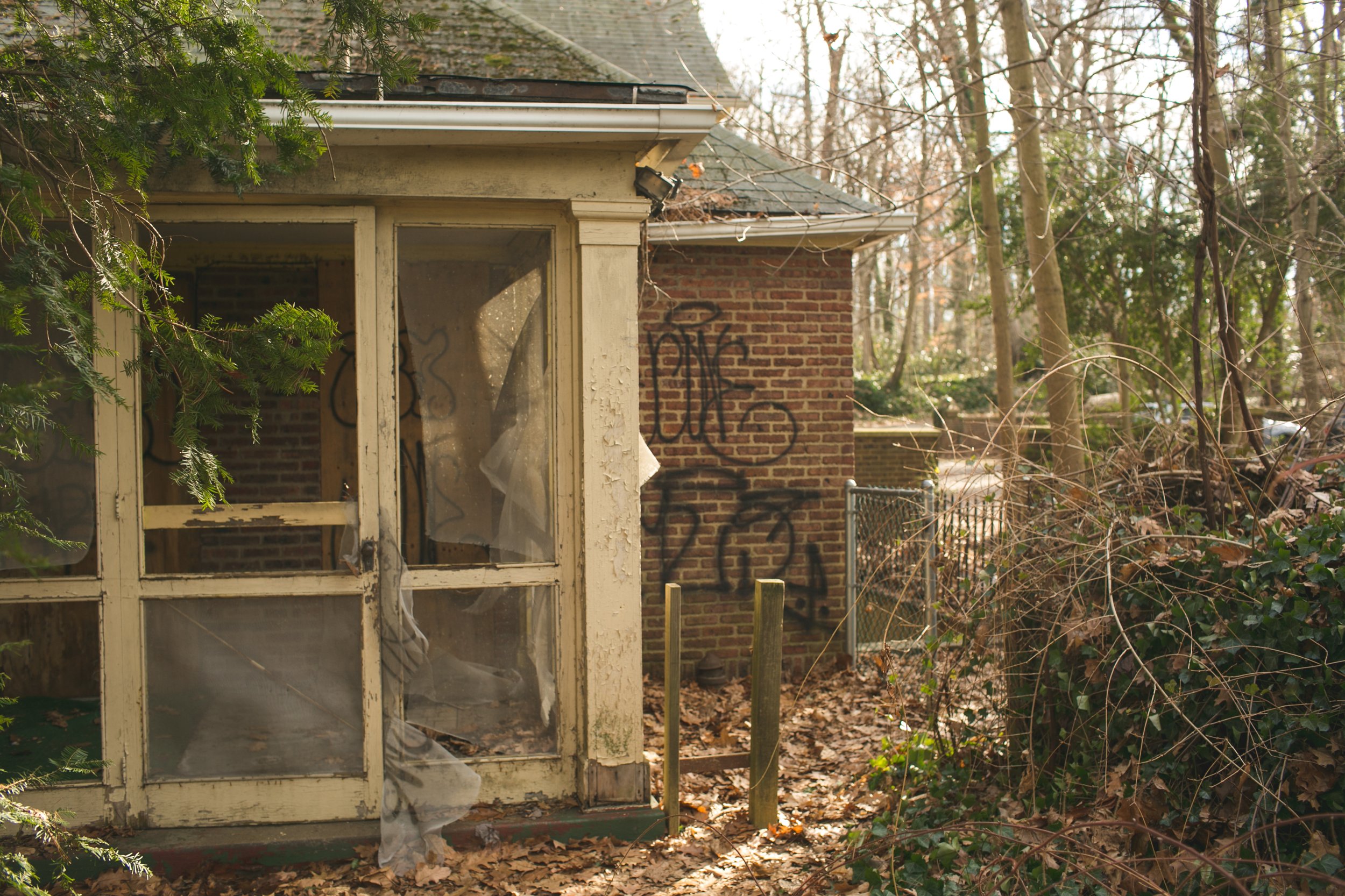
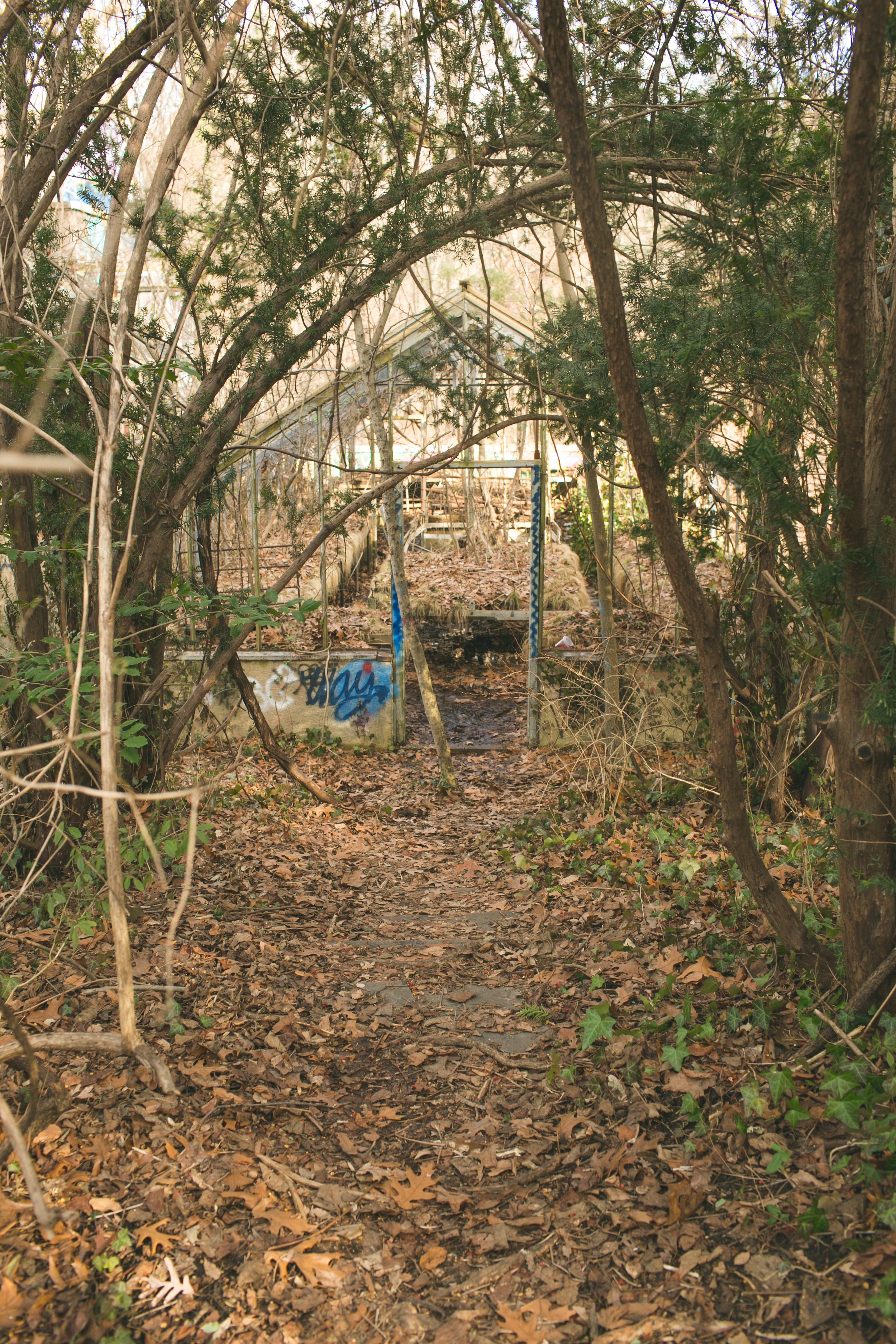
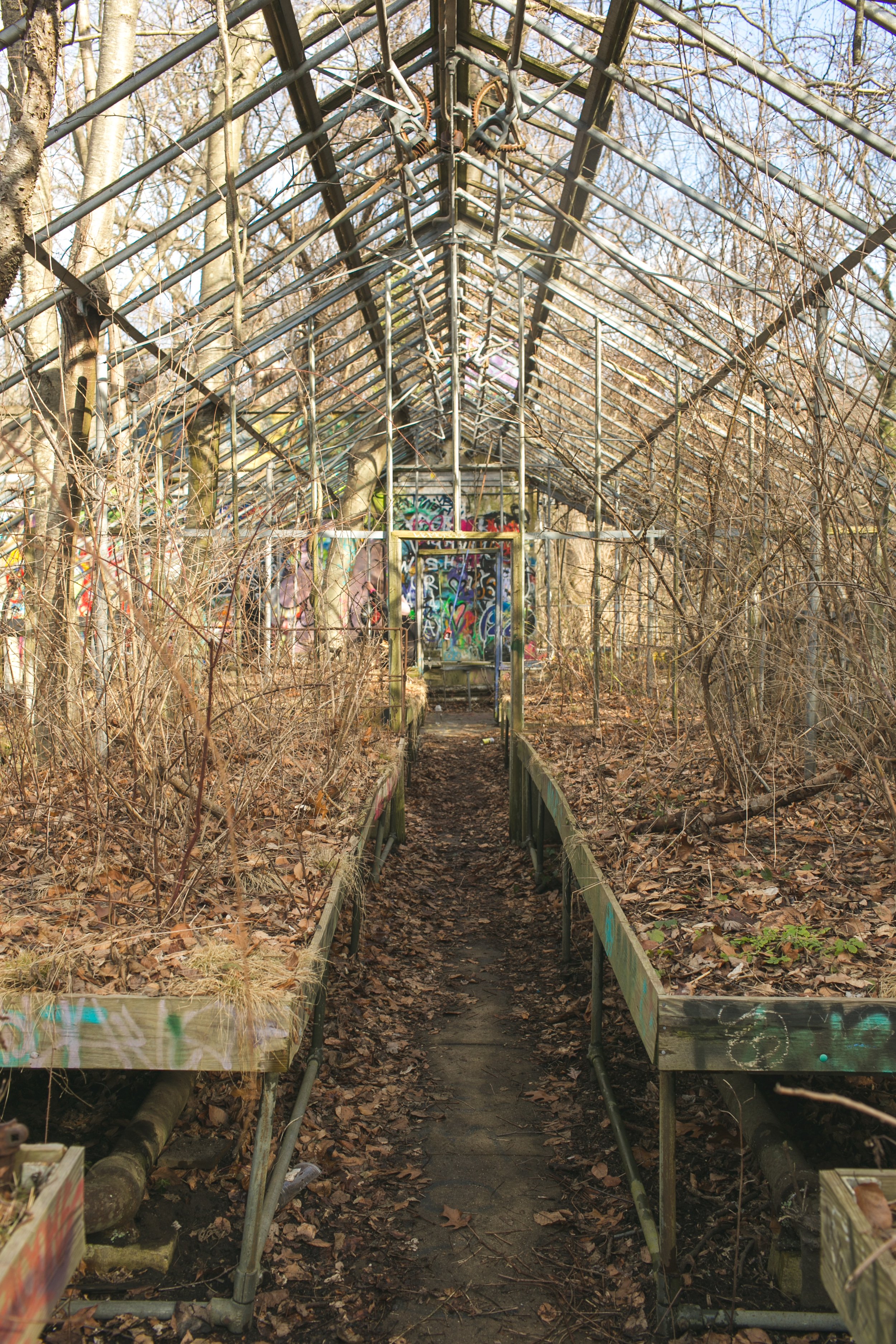
A brief history:
Welwyn Preserve is a historic estate located on Long Island, New York, with a rich history dating back to the early 20th century. The estate was originally owned by Harold Irving Pratt, the youngest son of Standard Oil magnate Charles Pratt. Harold was an avid outdoorsman and philanthropist, and he used his wealth to create a private nature preserve on his estate, which he named "Welwyn."
In the 1920s, Harold commissioned noted landscape architect James Frederick Dawson to design a series of formal gardens and naturalistic landscapes on the estate. The gardens included a French parterre, a Japanese garden, a rose garden, and a cutting garden, while the naturalistic landscapes included ponds, streams, and meadows.
After Harold's death in 1939, his widow, Eunice, donated the estate to the Nassau County Department of Parks, Recreation, and Museums, with the stipulation that it be used for public enjoyment and education. The estate was opened to the public in 1942 as the "Welwyn Preserve," and it has since become a popular destination for nature lovers and history buffs.
Today, the Welwyn Preserve comprises over 200 acres of woodlands, meadows, ponds, and gardens, with over five miles of hiking trails and an education center.
Security:
The park is open to the public, but access to certain buildings is prohibited, so enter at your own risk!
2. Muttontown Mansion
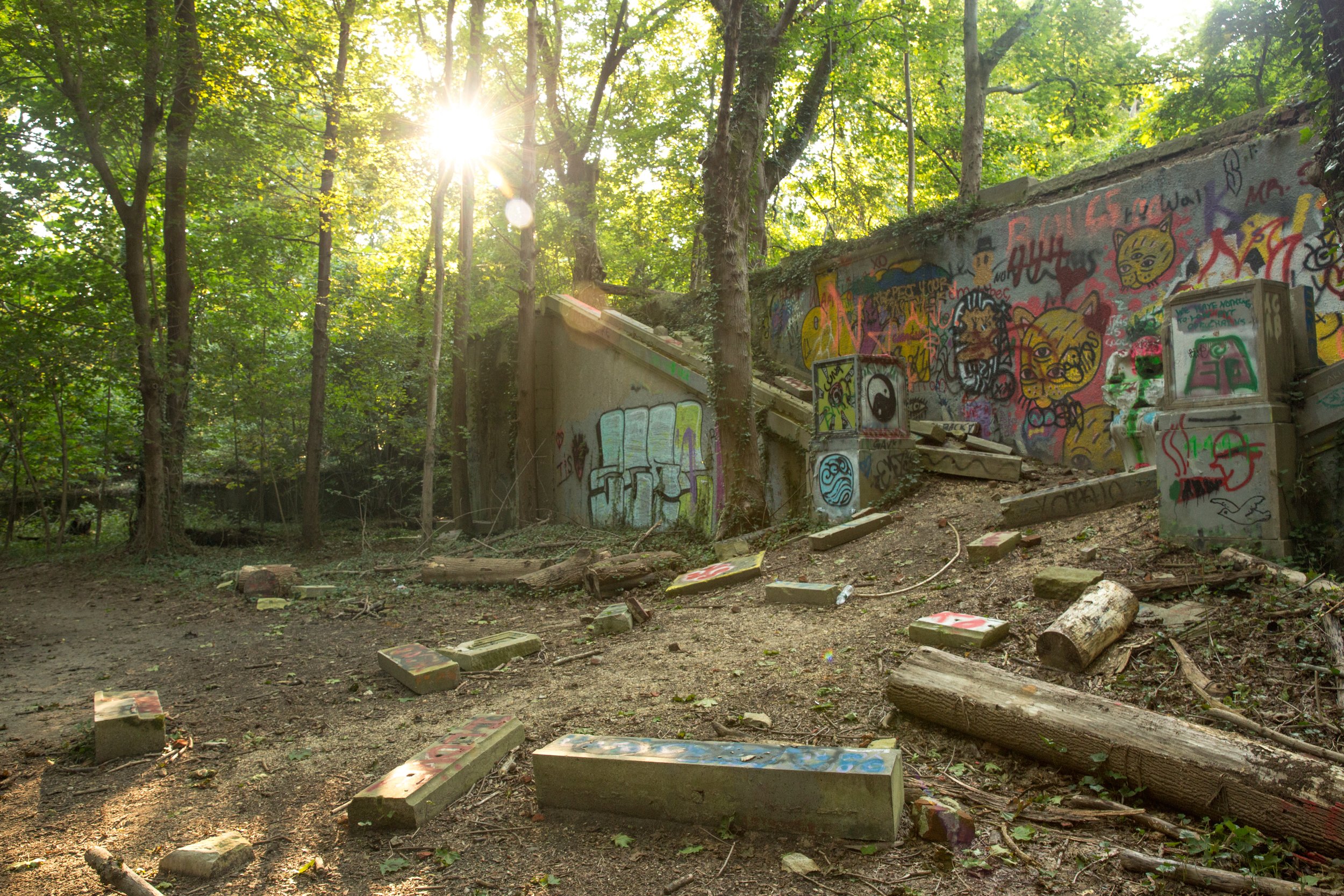

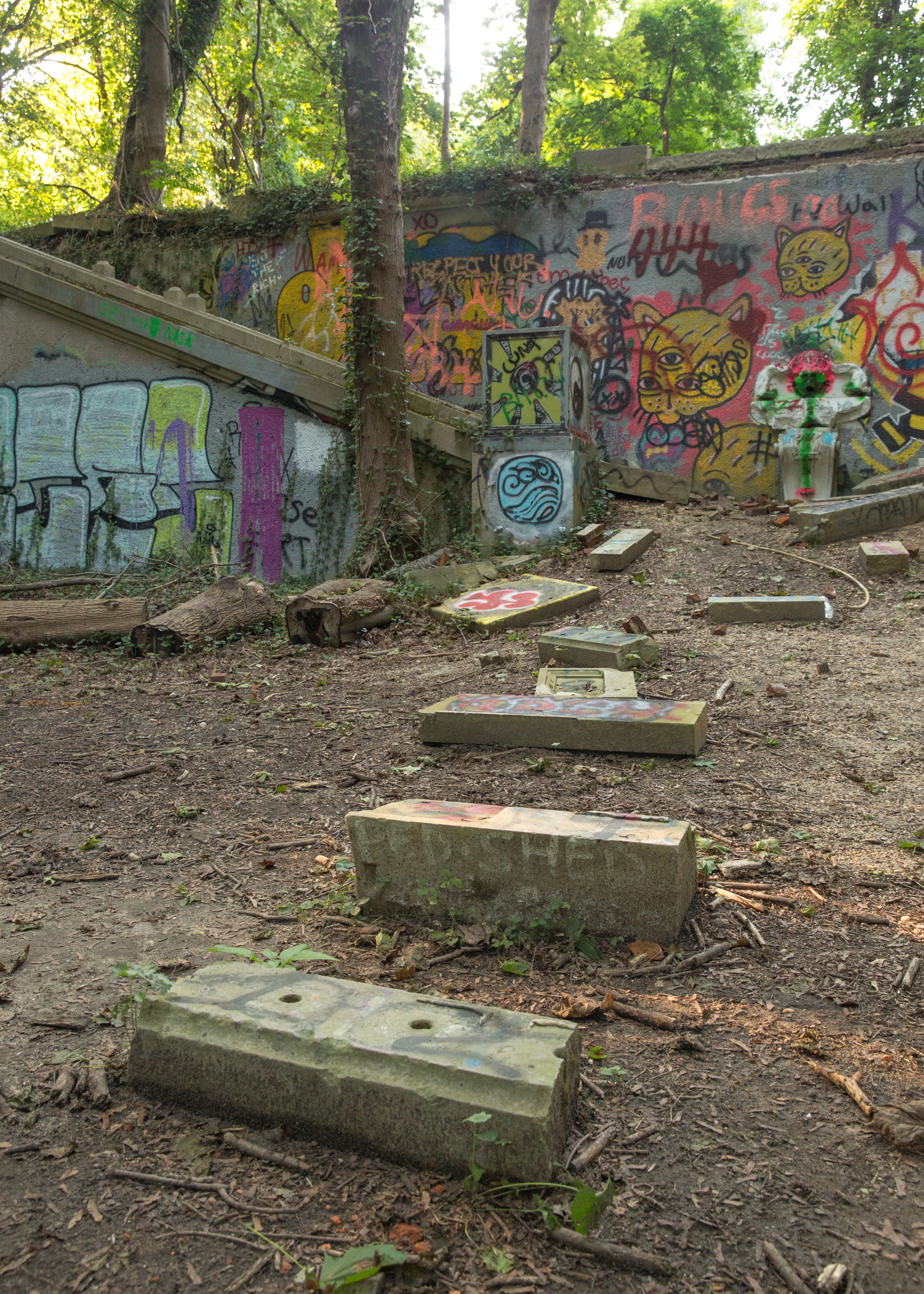
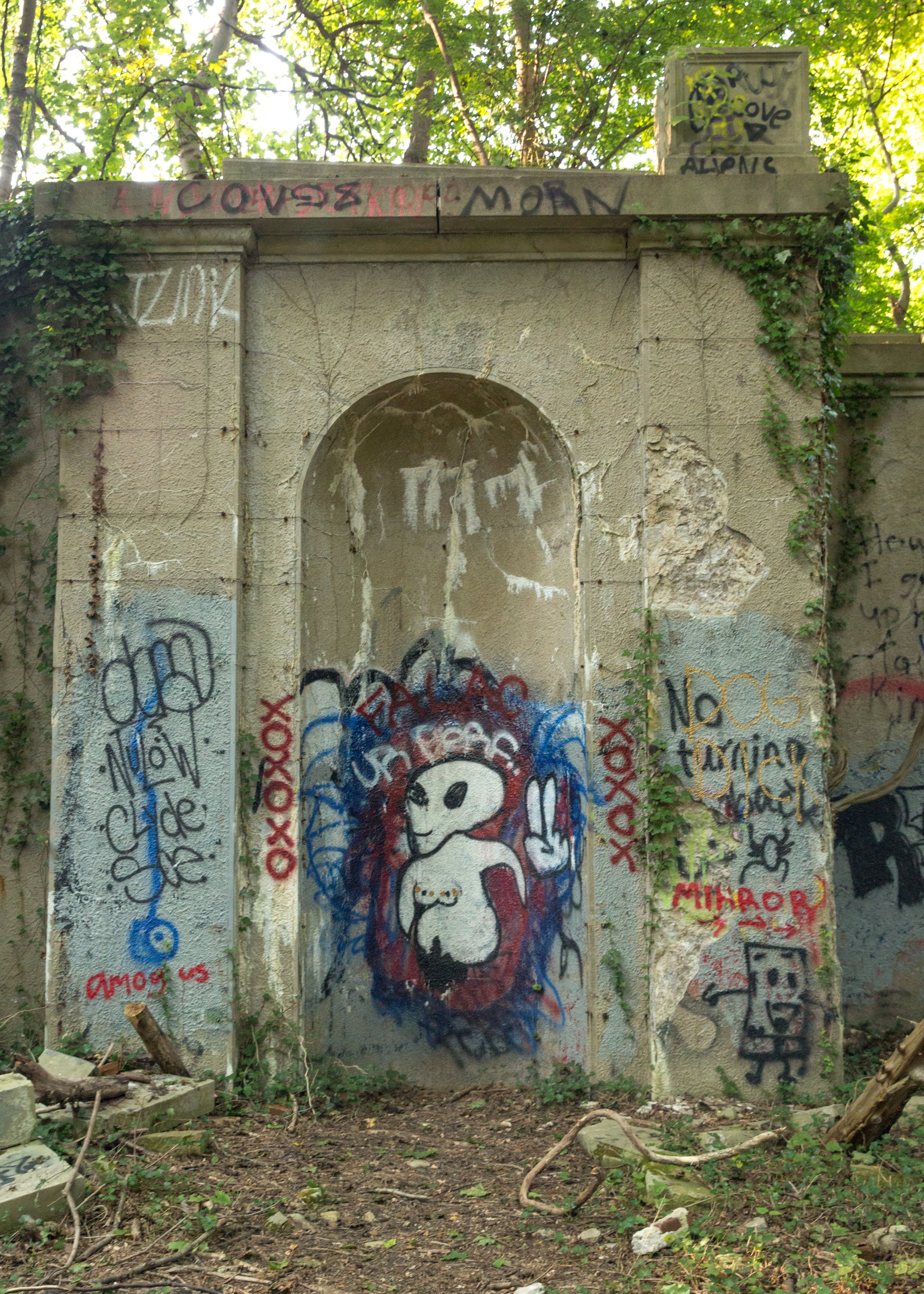
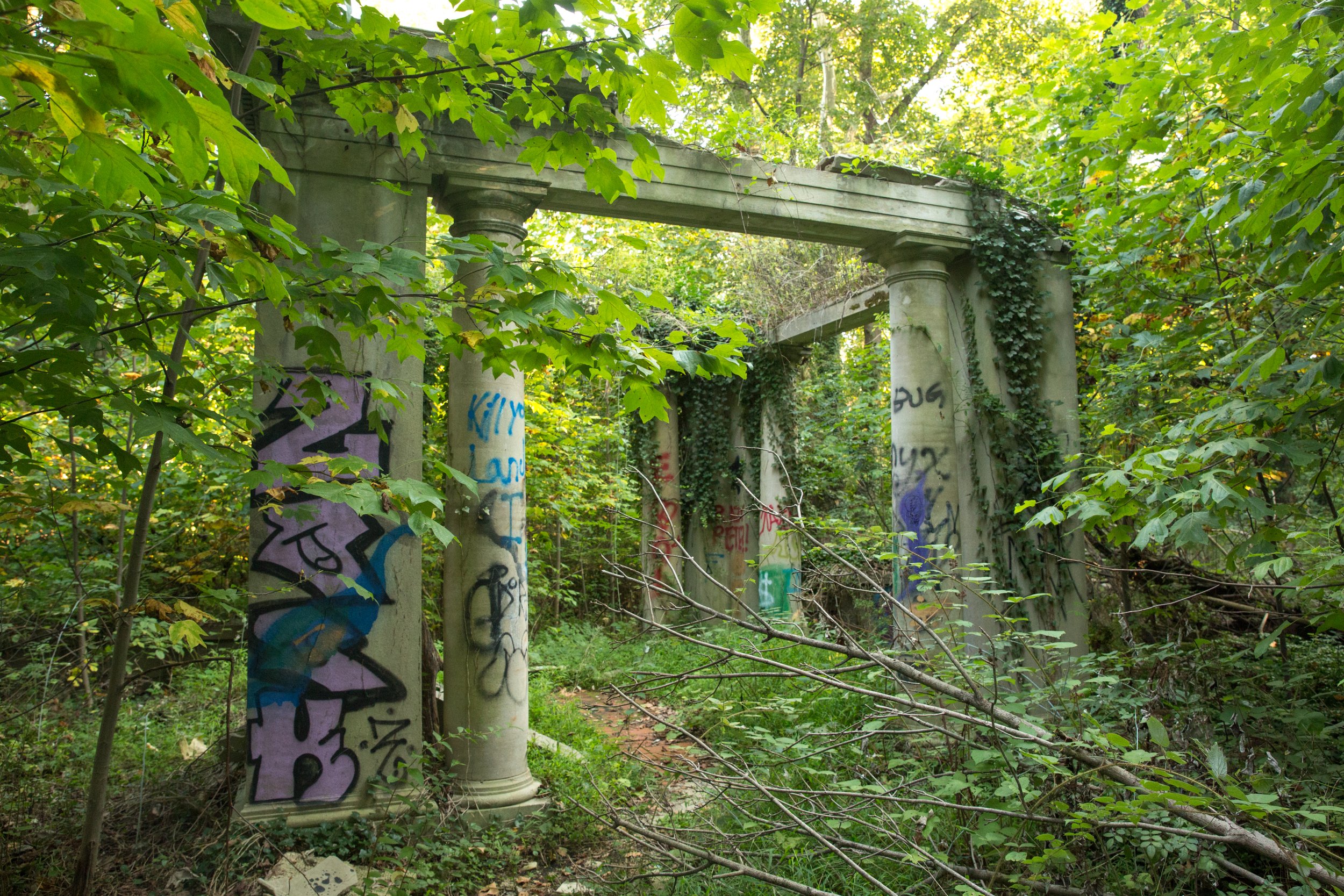
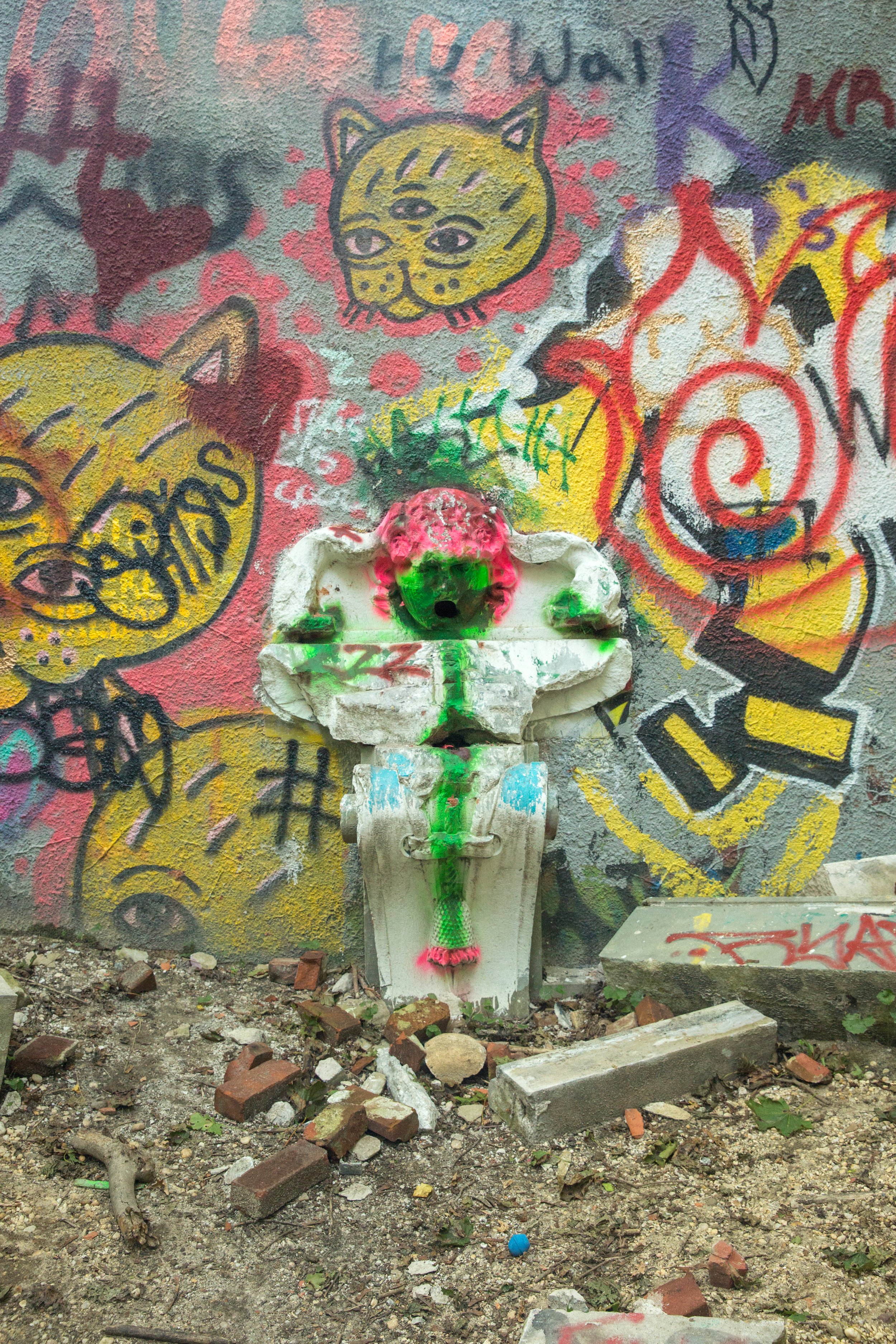
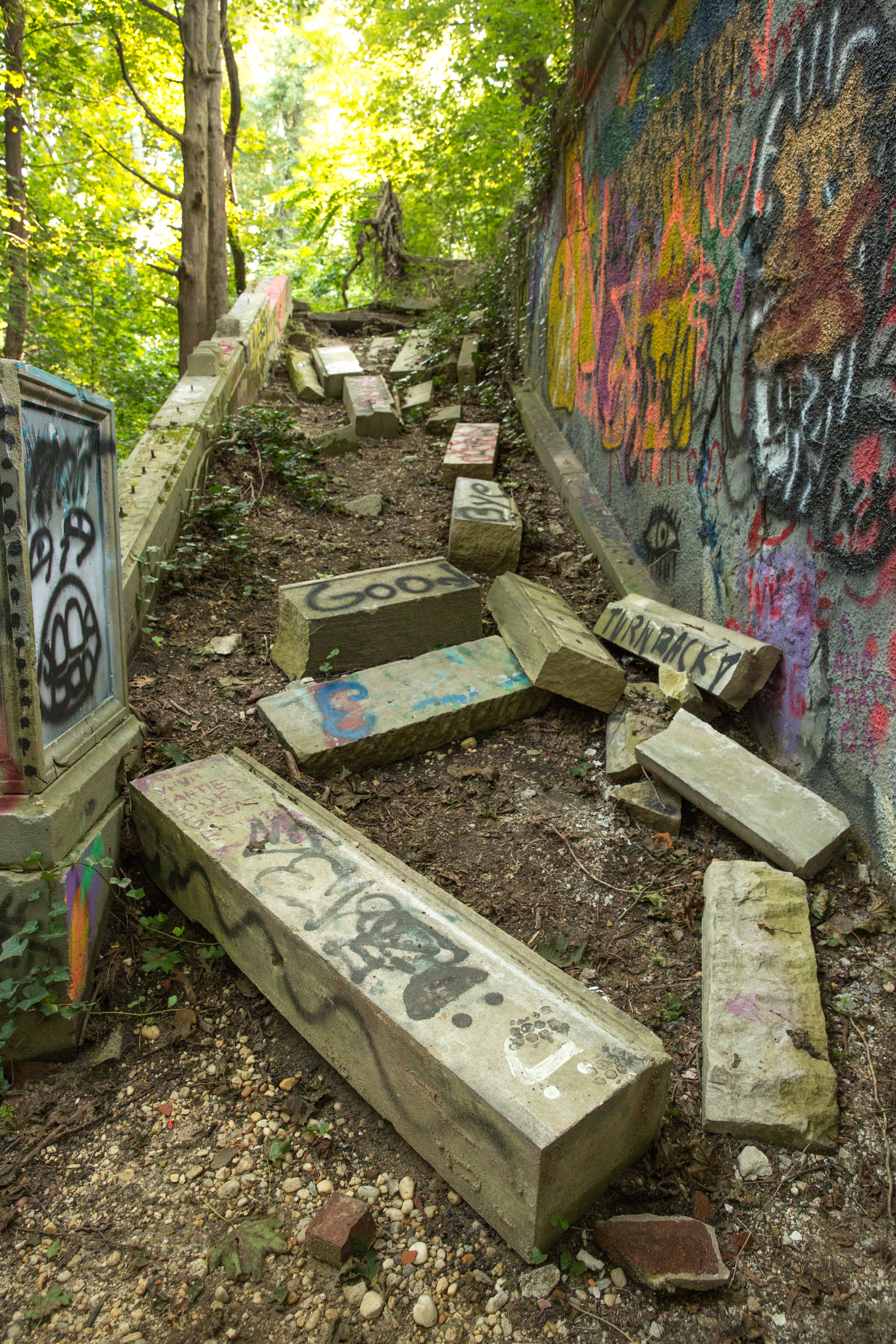
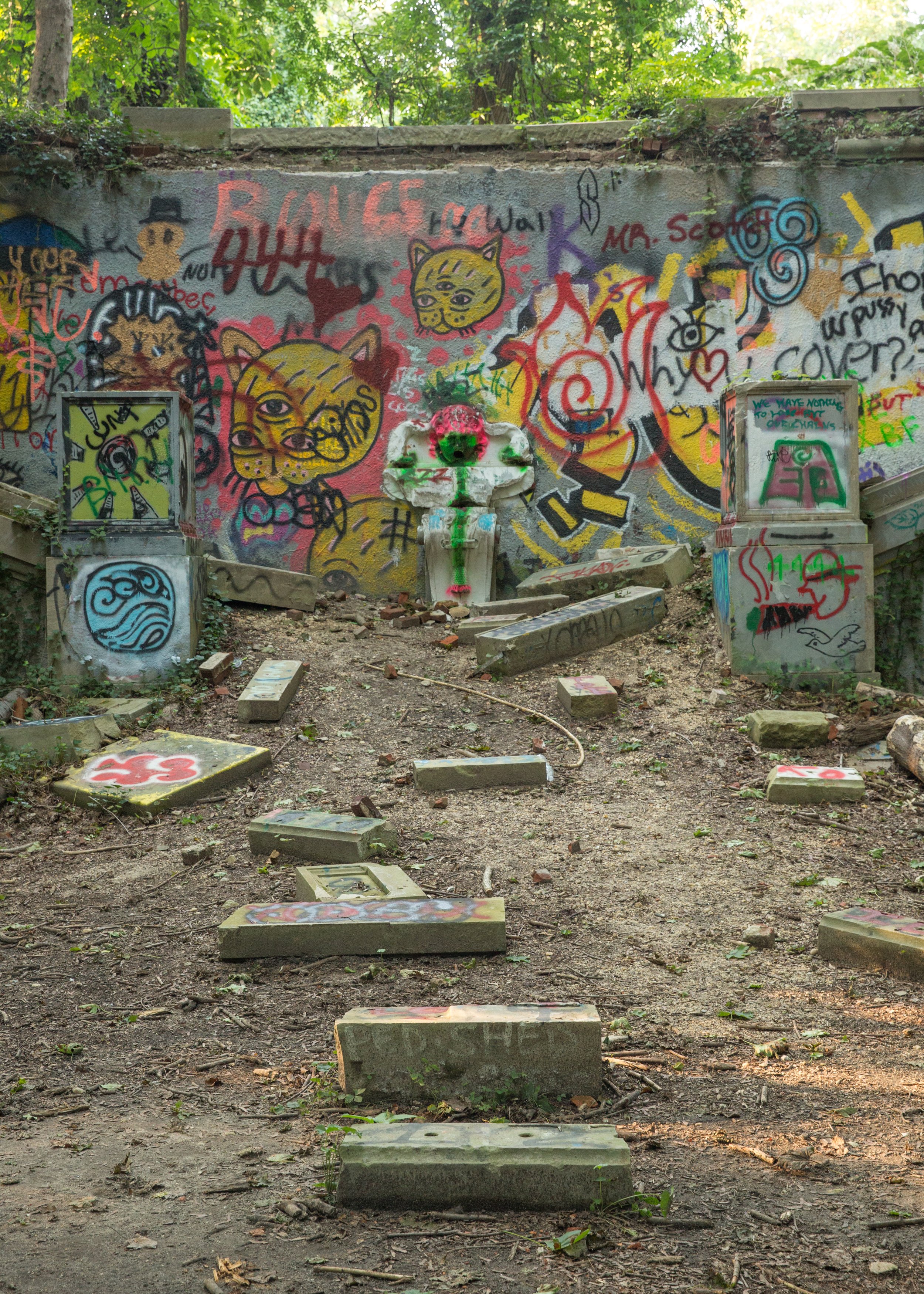


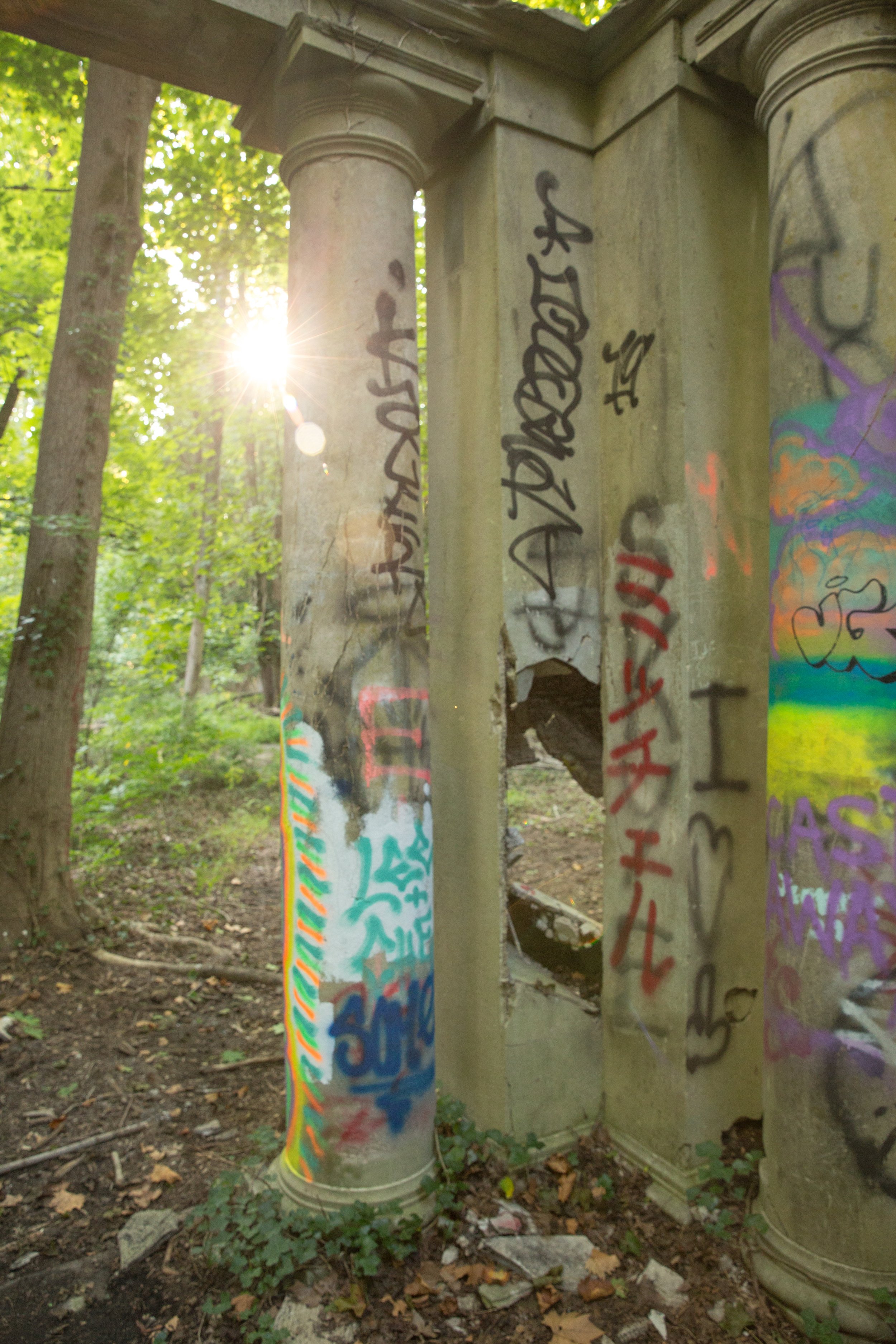
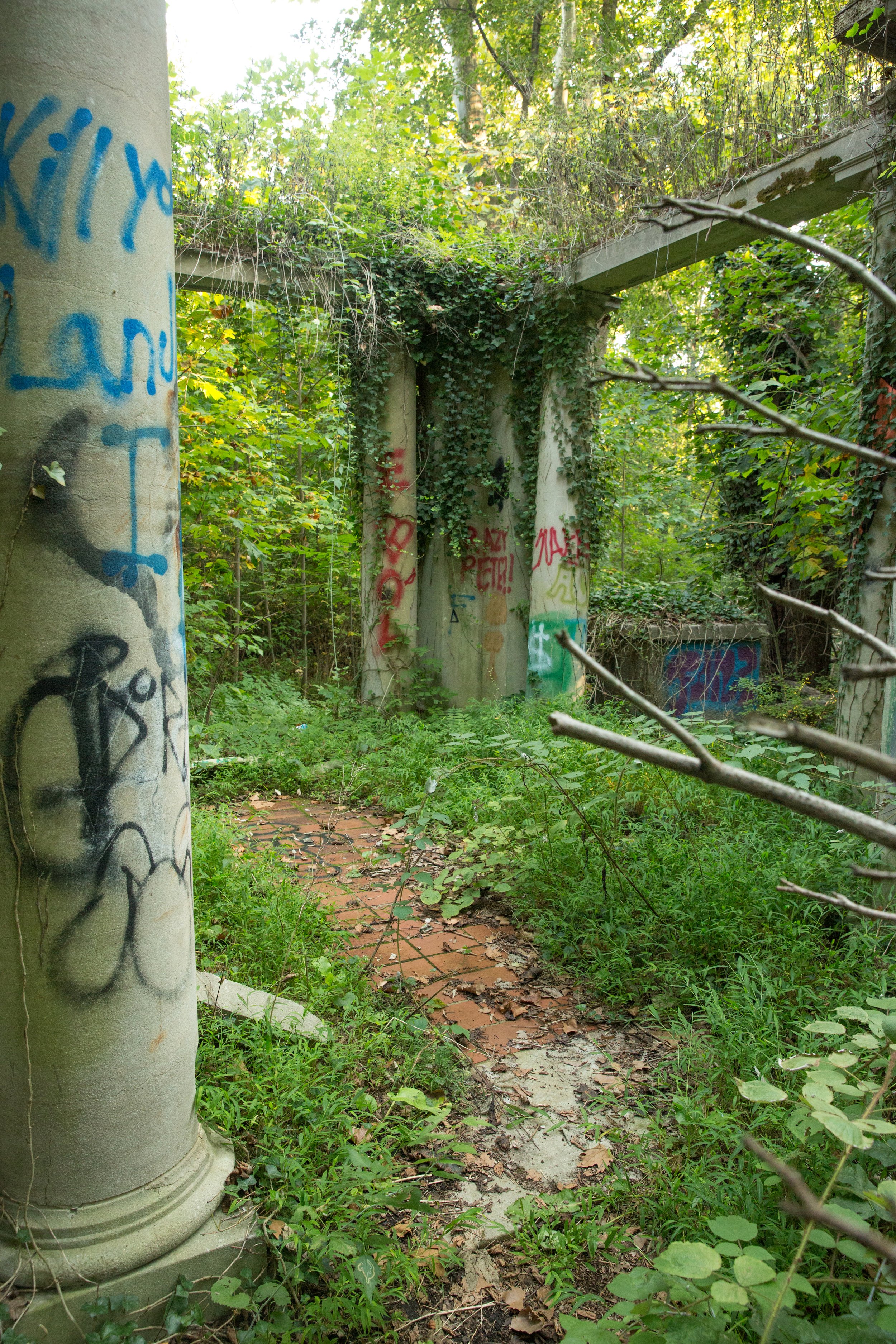
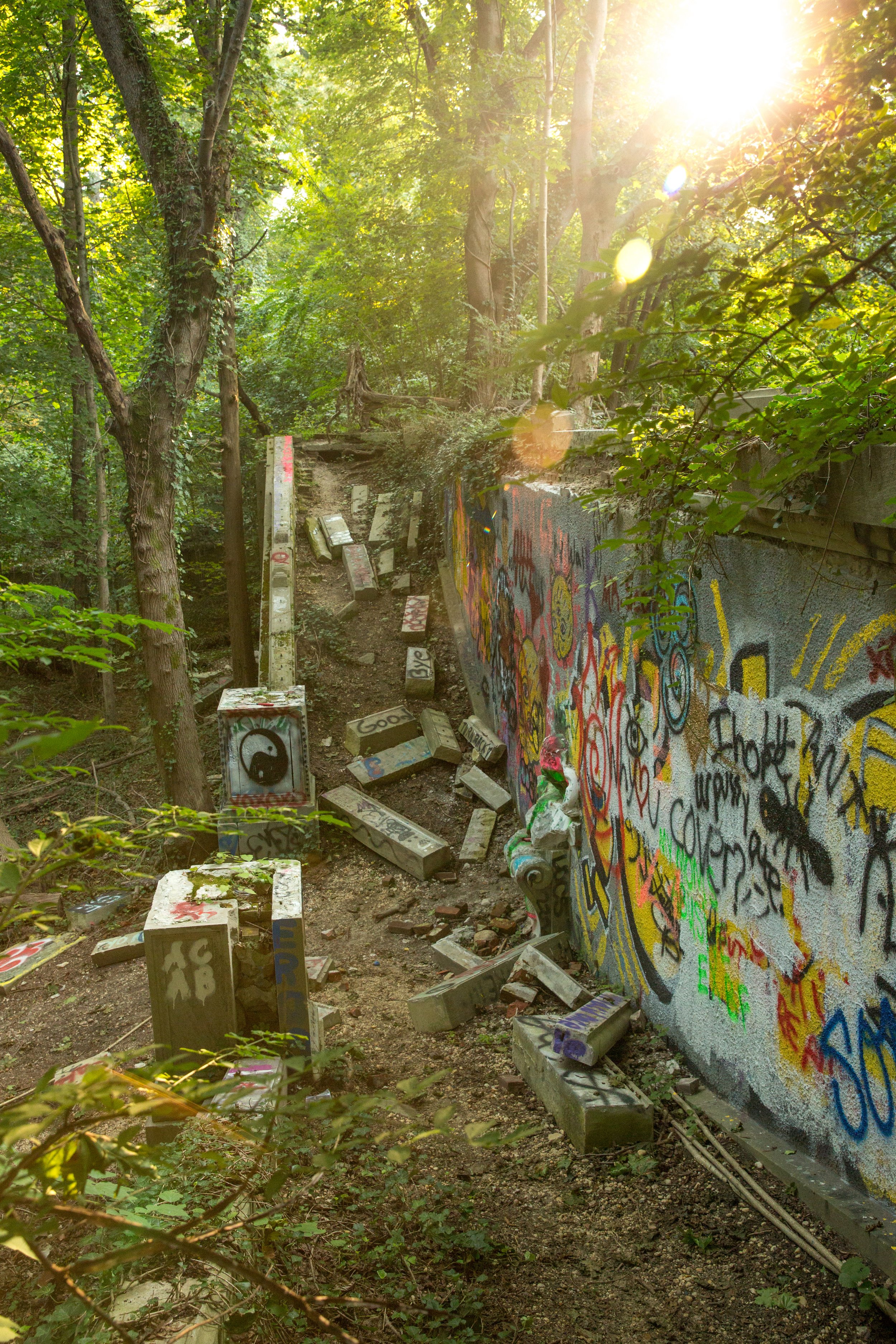
A brief history:
The Muttontown mansion, also known as the King Zog estate, is a historic mansion located in Muttontown, Long Island, New York. The mansion was built in the early 20th century by Wall Street financier and sportsman, C.V. Whitney.
After Whitney's death in 1992, the mansion was sold to the Albanian government, which intended to use it as a residence for the country's former king, King Zog. However, the plans fell through and the mansion was left abandoned for many years.
Over time, the mansion fell into a state of disrepair and became a popular spot for urban explorers and ghost hunters. Despite its abandoned state, the mansion has a rich history and is considered a significant example of the Gatsby-era mansions that once dotted the Long Island landscape.
In recent years, there have been efforts to restore the mansion and preserve its historical significance. However, the property remains private and is not open to the public.
Security:
Very little, but be aware you are not allowed to park along the side of the road where GoogleMaps leads you. The police will ticket your car, and potentially wait for you. Park down the street in the designated parking lot
3. Kings Park
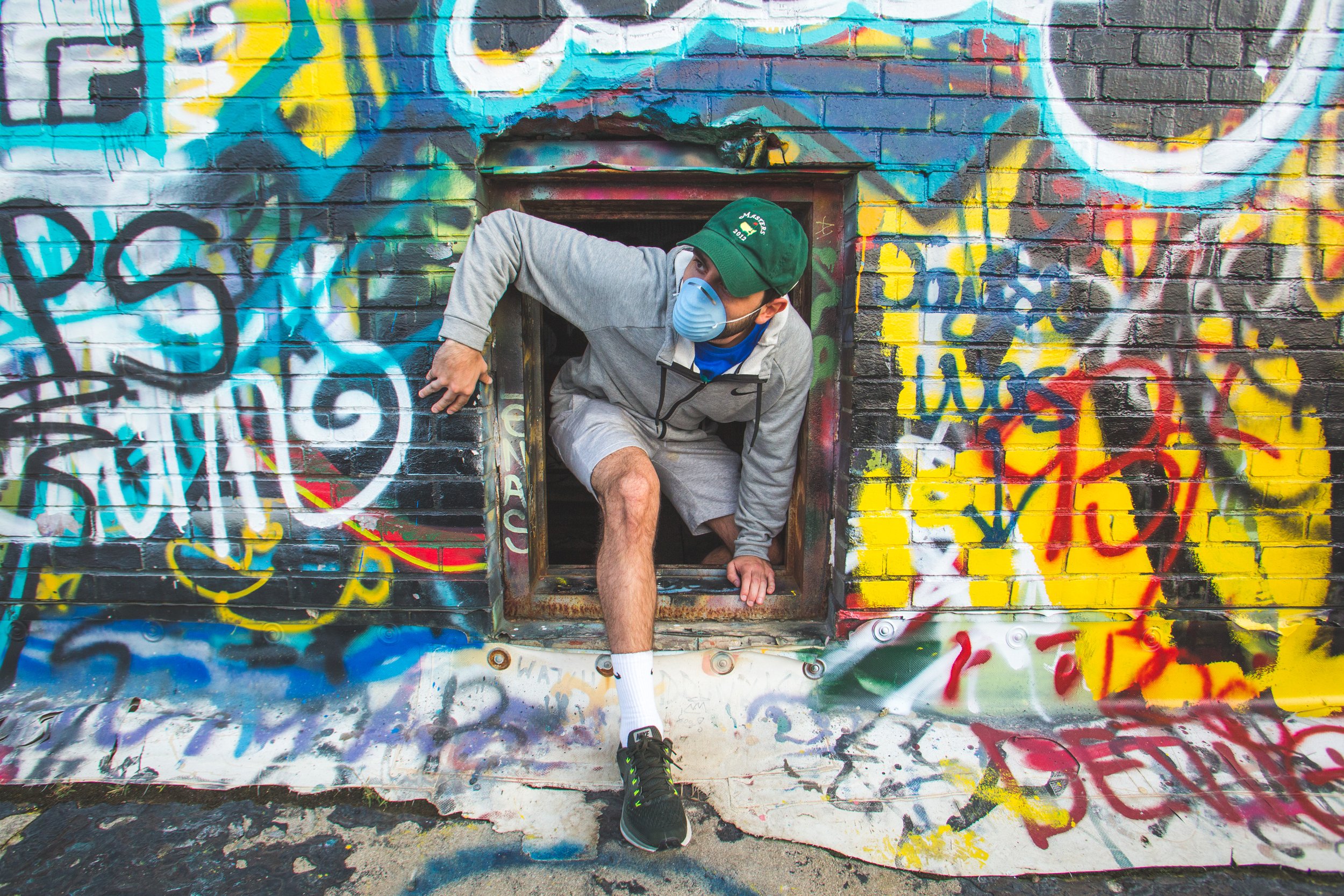
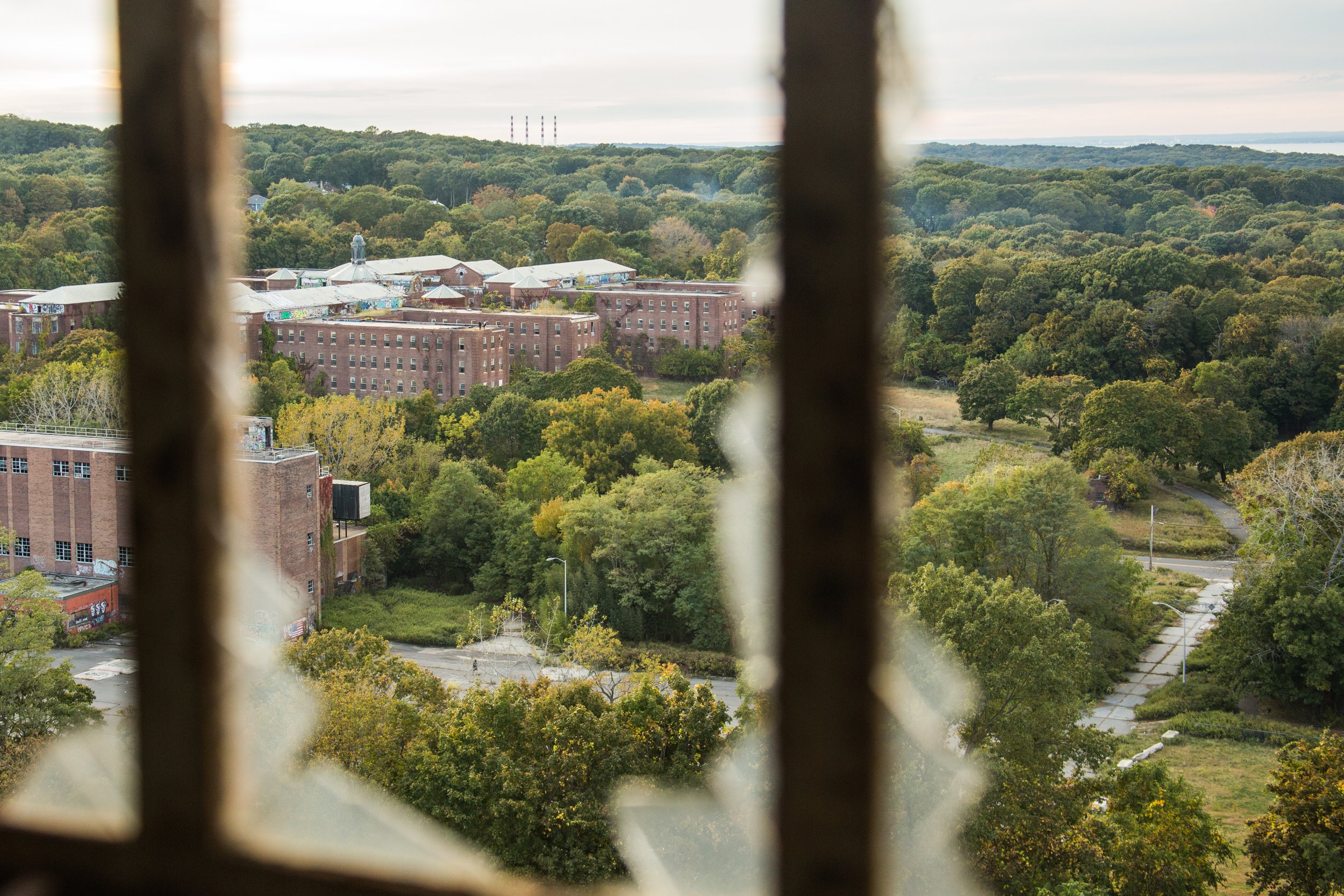


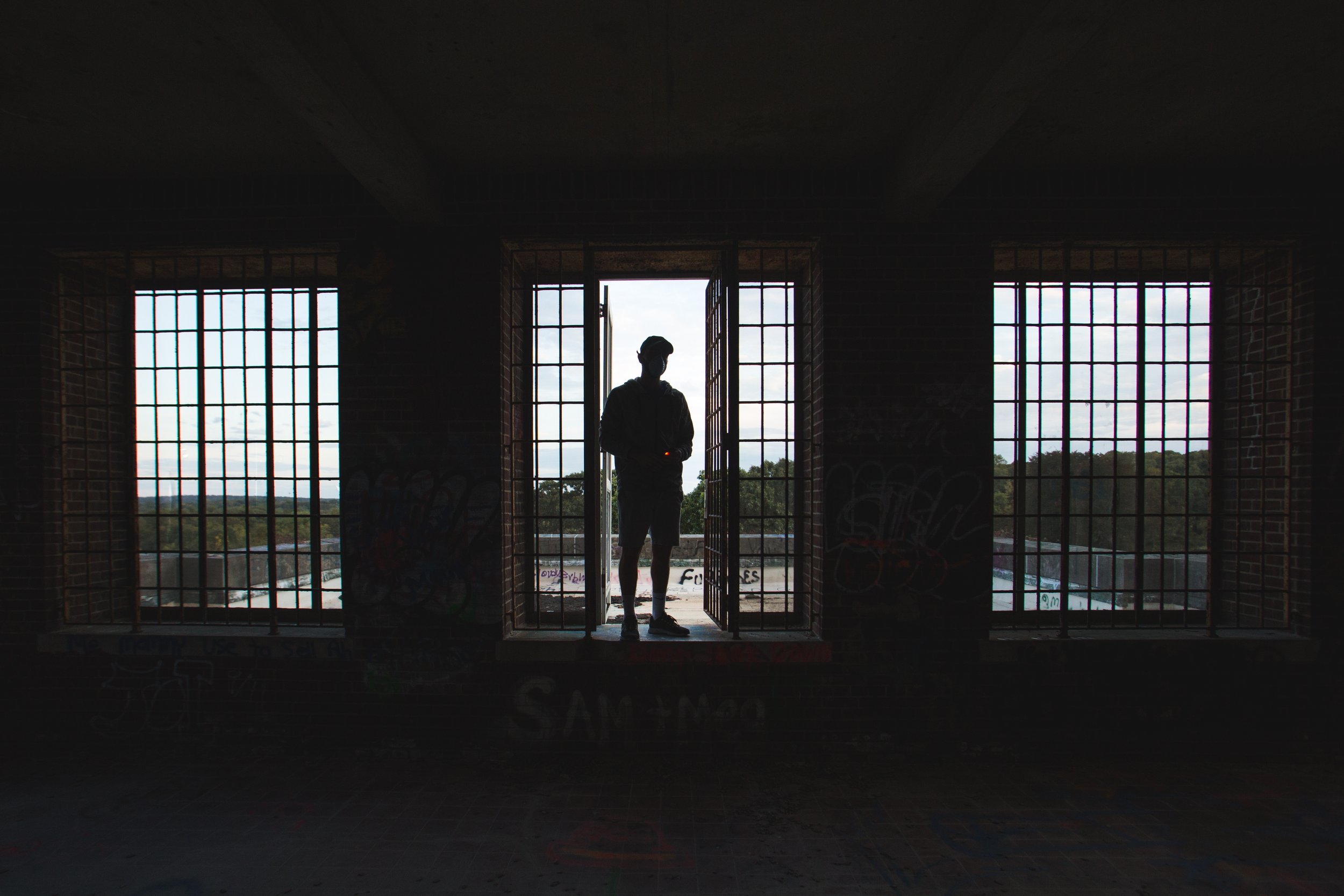

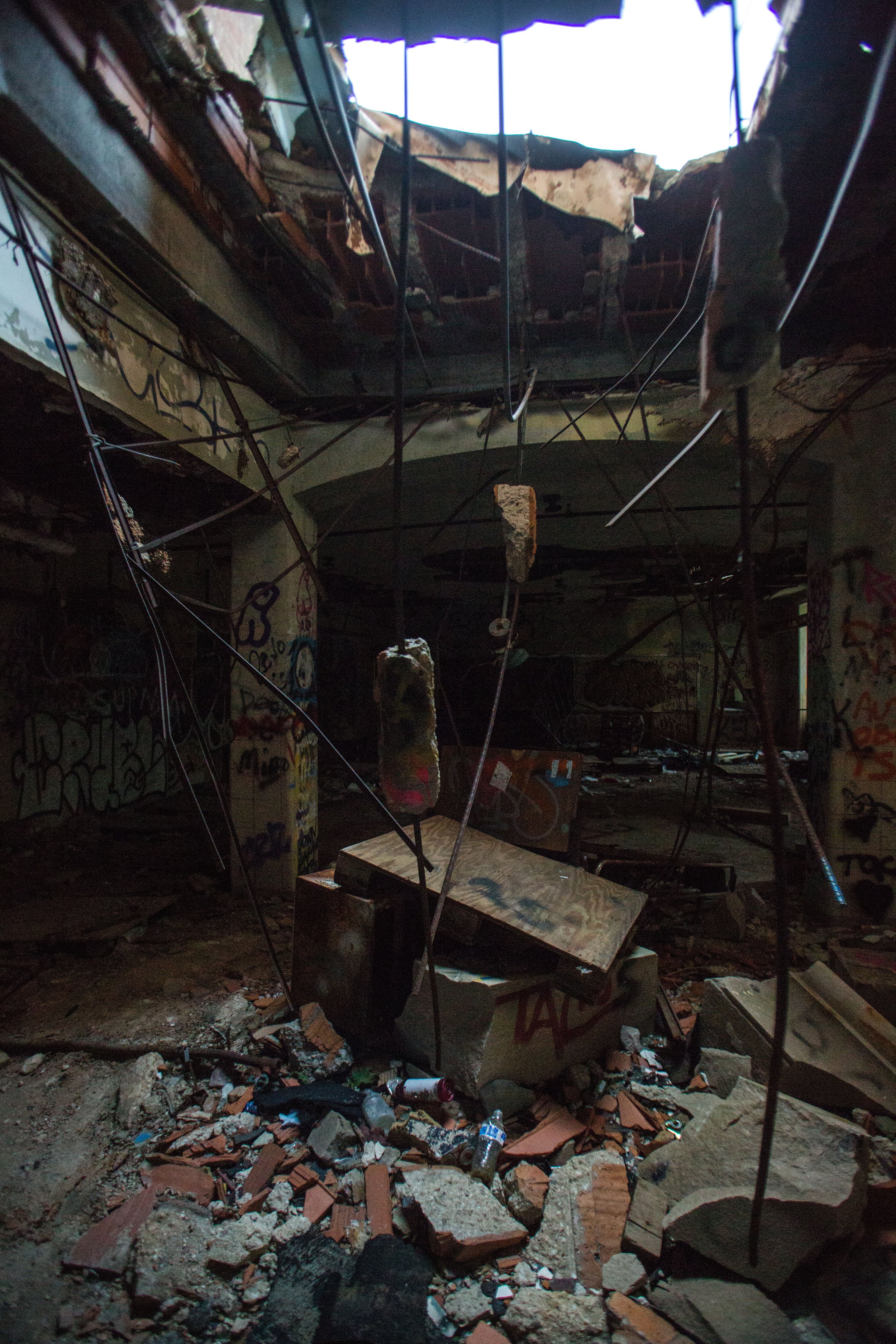
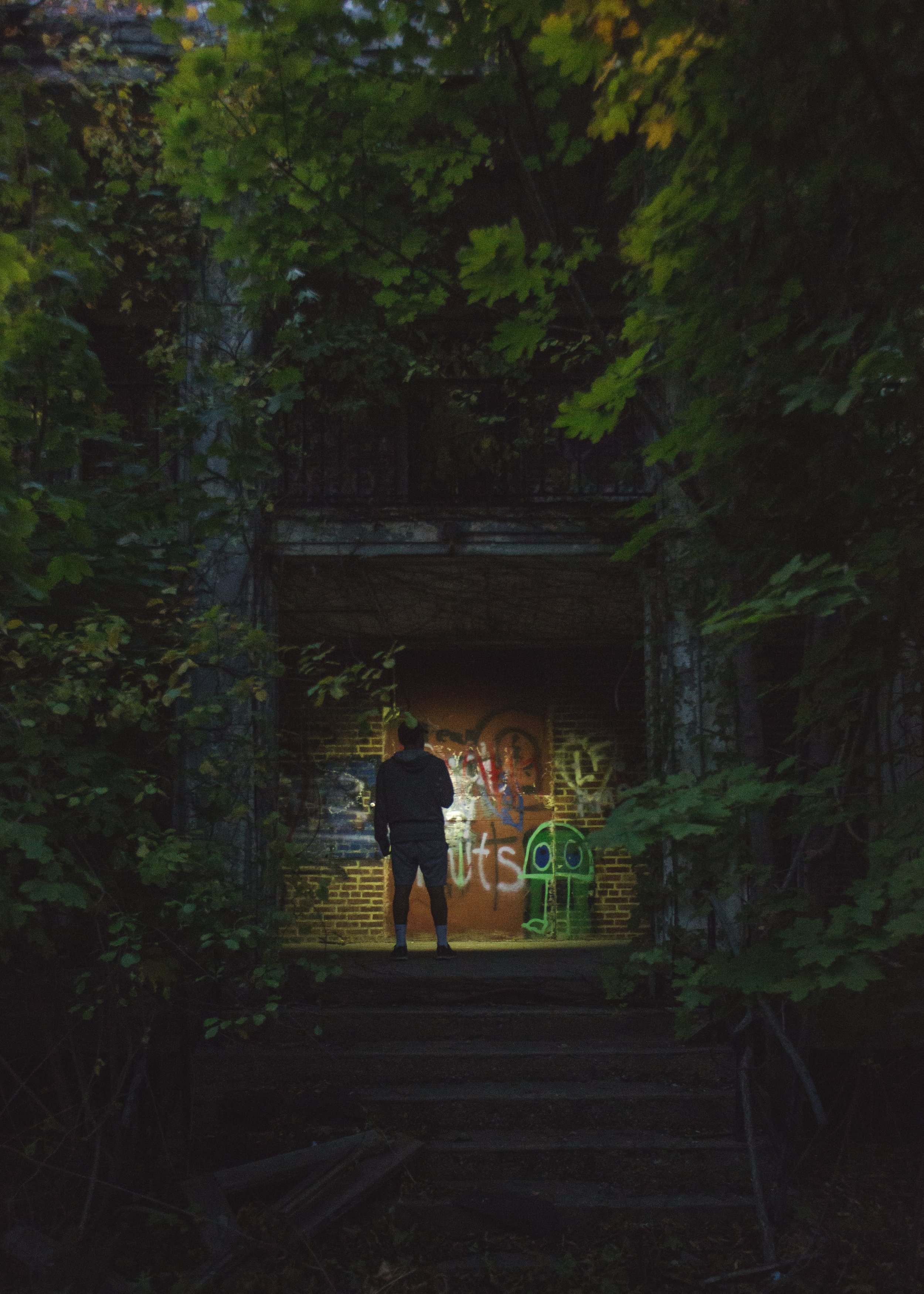
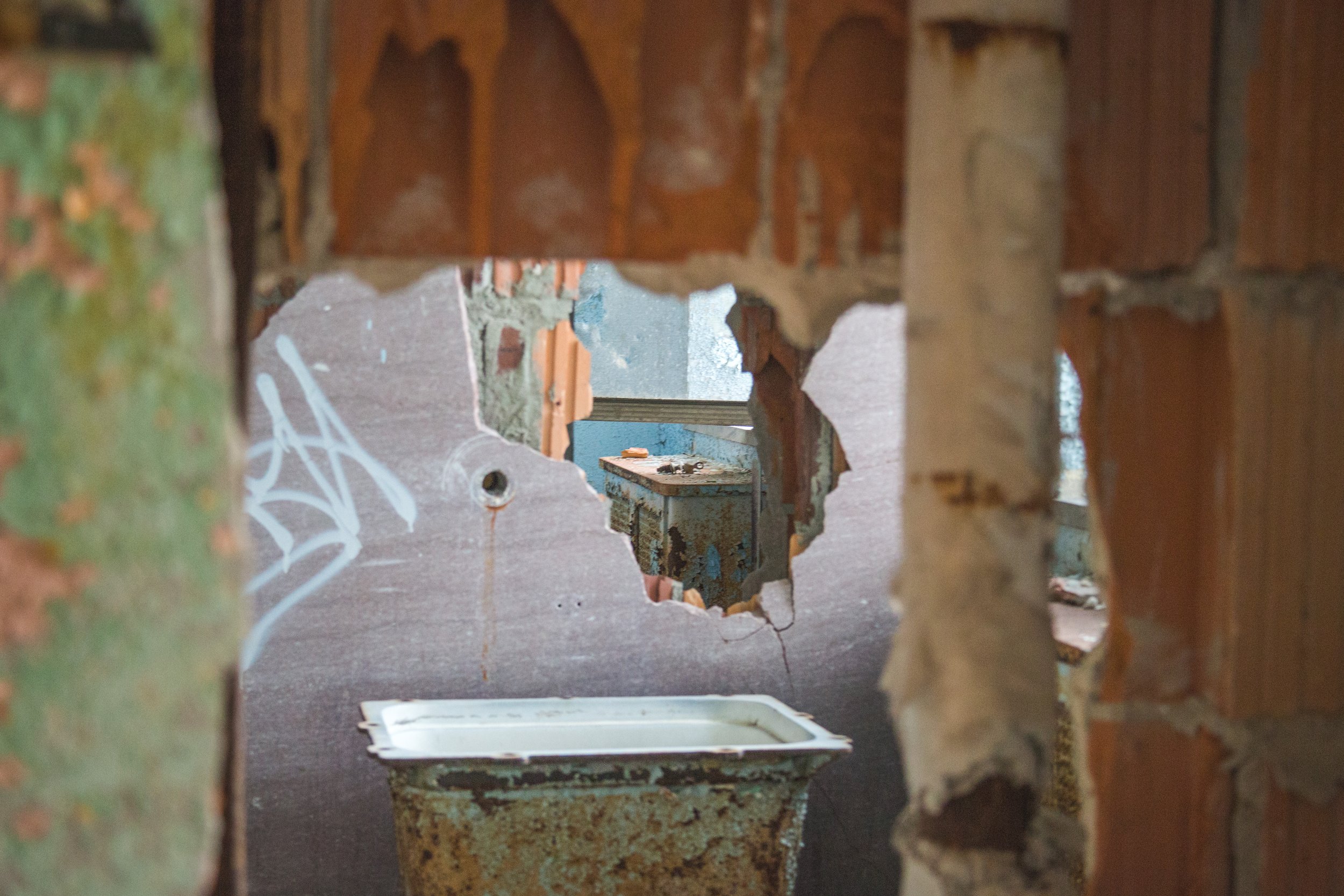
A brief history:
Kings Park Psychiatric Center, also known as Kings Park State Hospital, was a psychiatric hospital located in Kings Park, Long Island, New York. The facility was founded in 1885 as the Kings County Farm, a self-sufficient farming community for the poor, and in 1926 it was converted into a hospital for the mentally ill.
Over the years, the hospital grew in size and by the 1950s it had become one of the largest psychiatric institutions in the country, housing more than 9,000 patients. However, as the trend in psychiatric care shifted towards community-based care in the 1960s and 1970s, the hospital's population declined.
In the 1990s, the hospital was gradually closed down and the remaining patients were transferred to other facilities. Today, much of the hospital's campus sits abandoned and in a state of decay. However, some of the buildings have been repurposed for other uses, such as office space for the New York State Office of Mental Health and a campus for a community college.
Security:
It is legal to visit and walk around the grounds of Kings Park, but illegal to enter any of the buildings. There are patrol cars the regularly patrol the area, but are easy to avoid. Be careful not to get caught exiting as the sun goes down. Occasionally patrol sits outside the main buildings, and waits to see if they can catch you behind the fence. Exit in the back. As long as you’re outside the fenced off areas when they see you, you’re good to go!